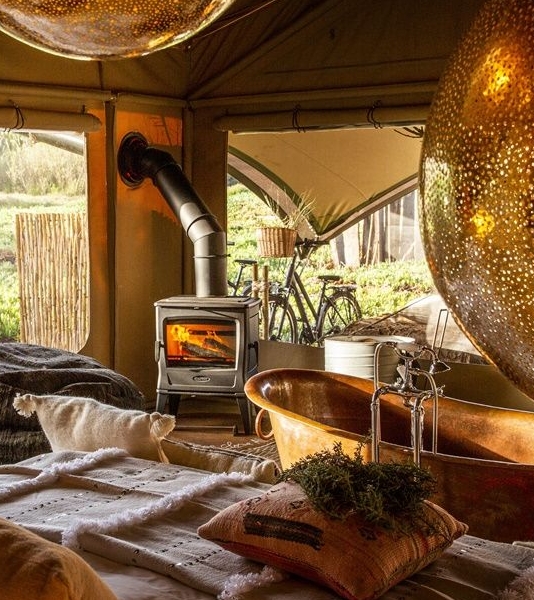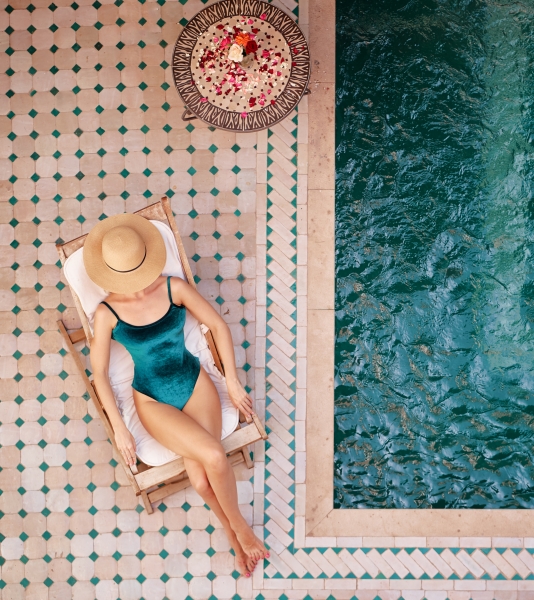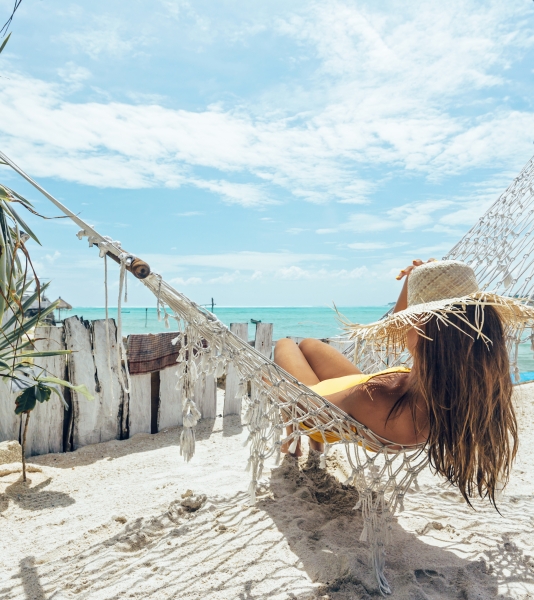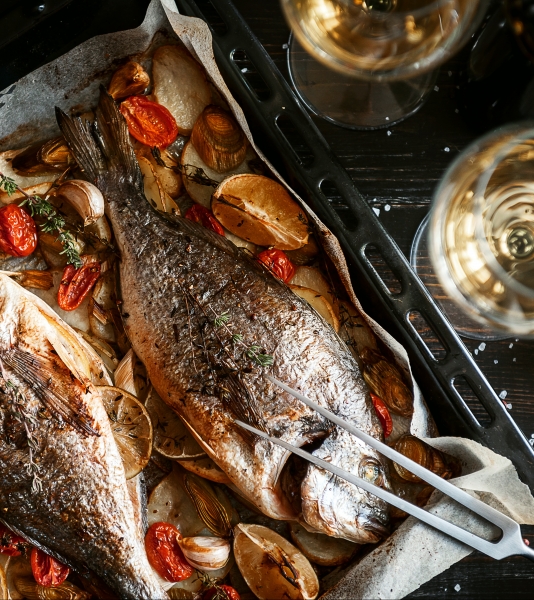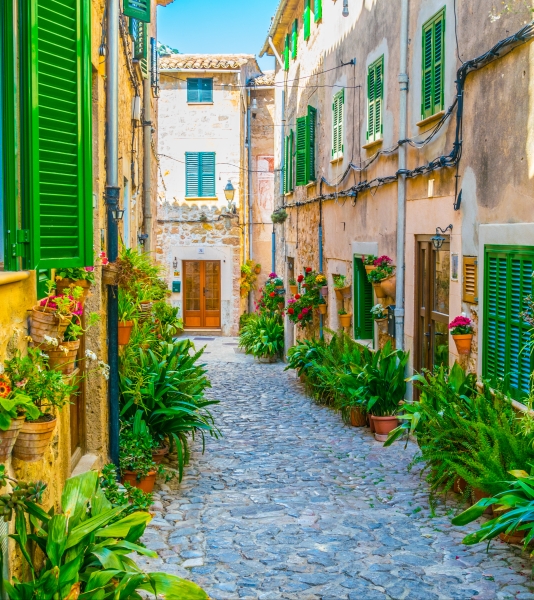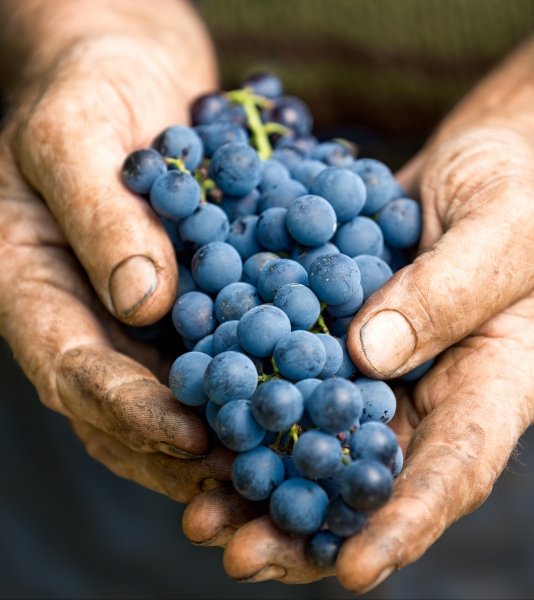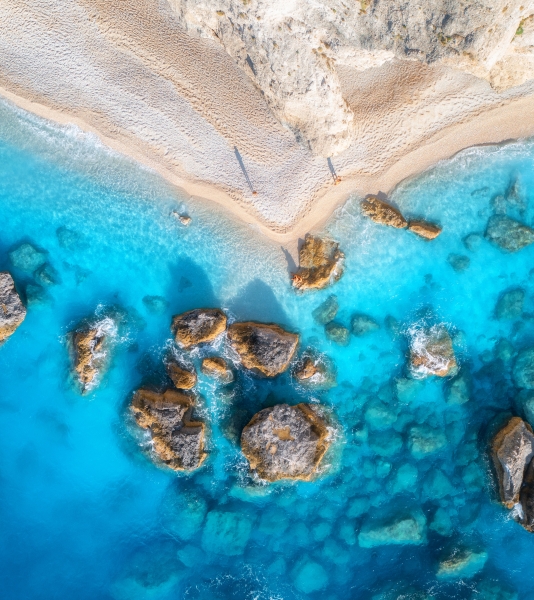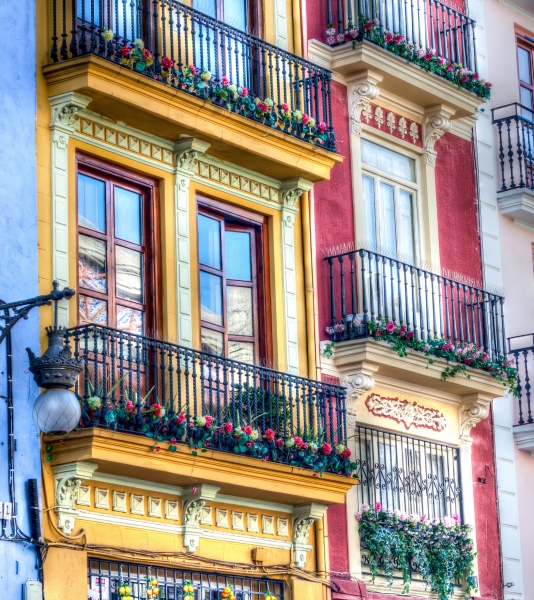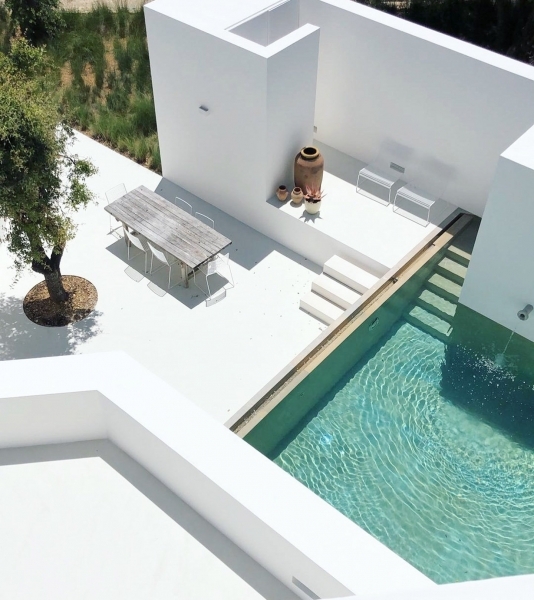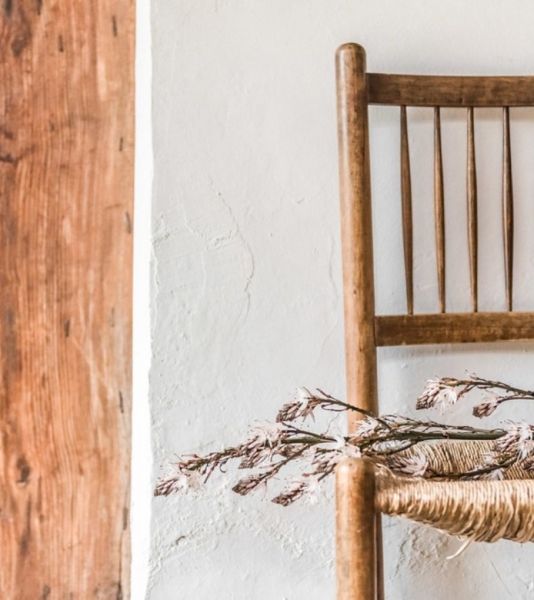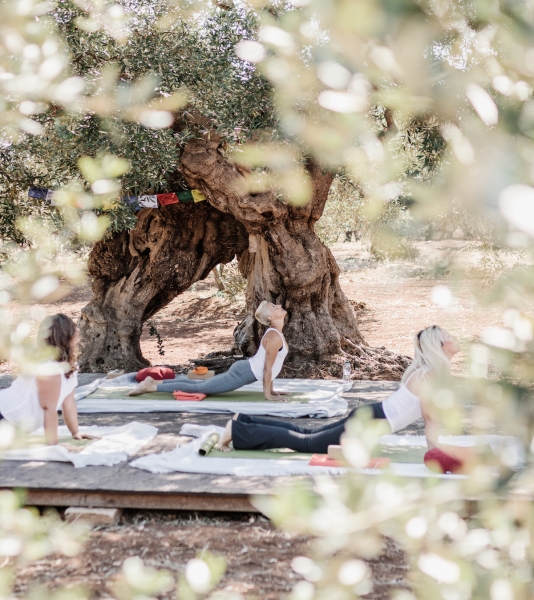Where to stay in Costa Brava?
The Costa Brava was one of the first regions in Spain to be developed for tourism in the seventies. There are hundreds of hotels of all types along the coast and its cities, most of them catering for mass tourism. But there are treasures to be found that have escaped the masses. We have put together a selection of the most authentic places where you can stay surrounded by nature and wake up with a view of the sea, spend a dream holiday in an enchanting castle or relax by the pool of a charming boutique hotel on the Costa Brava or discover the area from a spectacular holiday villa. Take a look at our list of the best places to stay in the Costa Brava, all with that "certain something" that sets them apart from the rest.
The Costa Brava
Picturesque fishing villages, crystal clear waters, secret coves, irresistible gastronomy and unique cultural attractions around every corner. The Costa Brava is a coastal region that combines the best impressions: from Mediterranean cuisine to the surrealist art of Dalí, from the sea to the mountains. There are many reasons to visit this region, named "Brava" for its wild and rugged landscape and considered a natural treasure.
This stretch of Catalan coast is 214 km long and runs from Blanes, 60 km northeast of Barcelona, to the French border at Portbou. It is located in a privileged geographical position that offers natural spaces of enormous beauty: from mountain massifs with routes where you can find lakes, rivers and wetlands with great wildlife, to beaches, coves and impressive cliffs. Mountain lovers can visit the place where the sun rises first in the entire Iberian Peninsula: the Cabo de Creus Natural Park, with its black cliffs and impressive solitude, which reinforces the image of the end of the world that has been shown more than once in the cinema. The Empordà marshes also stand out for their rich biodiversity of flora and fauna.
The long kilometres of coastline offer an incomparable climate, mild temperatures, crystal-clear waters and a great variety of maritime spaces that make this destination the perfect place to relax and escape the stress of the city. There are beaches to suit all tastes: small, almost unspoilt coves surrounded by pine trees and green vegetation, ideal for an intimate and relaxing day, but also huge urban beaches equipped with all the services you need.
Due to its geographical location, the Costa Brava has been a gateway for many nations and influences in the past, leaving indelible cultural traces. All the towns along this stretch of coastline have a rich cultural heritage, so there are plenty of activities and visits to do. From Palaeolithic and Neolithic sites to the admired paintings of Dalí in Figueres or Cadaqués, and Greek and Roman culture in Empùries. The area has much to offer: Visit the medieval villages of Pals, Peratallada, Monells or the Iberian settlement of Ullastrer, the Jewish quarters of Girona and Besalú, the Dalí Triangle... these are just some of the activities you can do. Enjoy the culture of the Costa Brava!
What are the most beautiful beaches and coves on the Costa Brava?
The choice is wide and, as we said, there are secluded coves, pebbly beaches, fine sandy beaches, fishing villages.... And since we know you will find it difficult to choose, here is our small and personal selection of coves and beaches, all with a special touch.
Cala d'Aigua Xèl.lida in Tamariu: This little piece of paradise is not usually frequented by many visitors as there are no services there, making it perfect for a quiet afternoon (although it is not isolated either). Surrounded by a large pine forest, this area consists of several small coves whose clear blue waters are ideal for snorkelling and diving. It is also easy to get to and there is free parking.
Illa Roja in Begur: This nudist area surrounded by stunning nature is known for its large rocky island that turns glowing red at sunrise and sunset, hence the name. The beach is clean and not usually frequented by large crowds of tourists.
Playa del Castell de Palamós: Not as rocky as the other beaches, but surrounded by green pine trees, this long beach is known as the "last truly unspoilt beach on the Costa Brava". This is thanks to the inhabitants of Palamós, who decided more than 25 years ago to hold a referendum to prevent the construction of a golf course near the beach. Since then they have protected it and to this day nothing is allowed to be built near it. This beach offers a range of services such as kayak schools and walkways for people with reduced mobility. The golden sand and shallow waters will delight you.
Calella de Palafrugell: If you want to lie in the sun in front of a picturesque village, consider this option. This maritime extension of the town of Palafrugell is made up of several coves and preserves the essence of the old fishing villages: tiled houses with white façades, narrow streets, small boats by the sea.... This place has managed to preserve the charm of its seafaring past, and to date no large hotels have been built in its surroundings. In summer, however, there are many tourists here. Every summer there are two big musical events not to be missed: the Cap Roig Festival and the Cantada de Habaneras.
Cala Sa Tuna in Begur: This cove is also located in an area where fishermen still use their small boats. The tall, leafy pine trees, the turquoise water and the white houses by the sea give this corner a special charm. There are some very good restaurants where you can spend a pleasant evening while the lights are reflected on the sea.
Platja Gran de Cadaqués: This urban beach is very popular as it offers many interesting activities: good beach bars and restaurants, boat rentals, diving schools.... It is located in Cadaqués, a town marked by the surrealist painter Dalí, but which has much more to offer. The fishing village rejects mass tourism and retains the free and carefree spirit that has made it unique.
For many, Cadaqués is the most beautiful village in Catalonia, and it is definitely worth a visit. Dalí lived there for a large part of his life with his wife Gala, and thanks to him this place became a reference point for international tourism and also for other artists who found inspiration and settled there. There are two museums dedicated to the painter, the Museum of Cadaqués and the Salvador Dalí House Museum, where you can learn about his lifestyle and admire his extravagant and brilliant works - an absolute must! In addition to the references to Dalí, the city also offers a wide range of cultural activities; the beautiful, labyrinthine cobbled streets are lined with art galleries and museums. And if you're lucky enough to catch an artist in the act, Cadaqués will be a source of inspiration for you too, so go and see for yourself.
What to eat in Costa Brava?
It would almost be an offense to talk about this coastal region without mentioning its gastronomy. This Mediterranean cuisine is exquisite, healthy and balanced. There is a wide range of dishes in this area, prepared with high-quality local products. In addition to seafood and fresh fish, there are other traditional Catalan dishes with meat and vegetables. What makes this cuisine special is the combination of products from the sea and the land. Be sure to try the black rice with seafood and meat, the chicken with lobster or langoustine, the fish suquet, the alpargatas or anxoves de l'Escala. There are many excellent restaurants by the sea that will delight the taste of any visitor, and don't forget dessert! Try the bunyols de l'Empordà, the flaones de Sant Pau or the recuit de drap fresh cheese, a real delicacy.
As nossas coleções
Não sabe para onde ir? Deixe nossas coleções te inspirarem.


